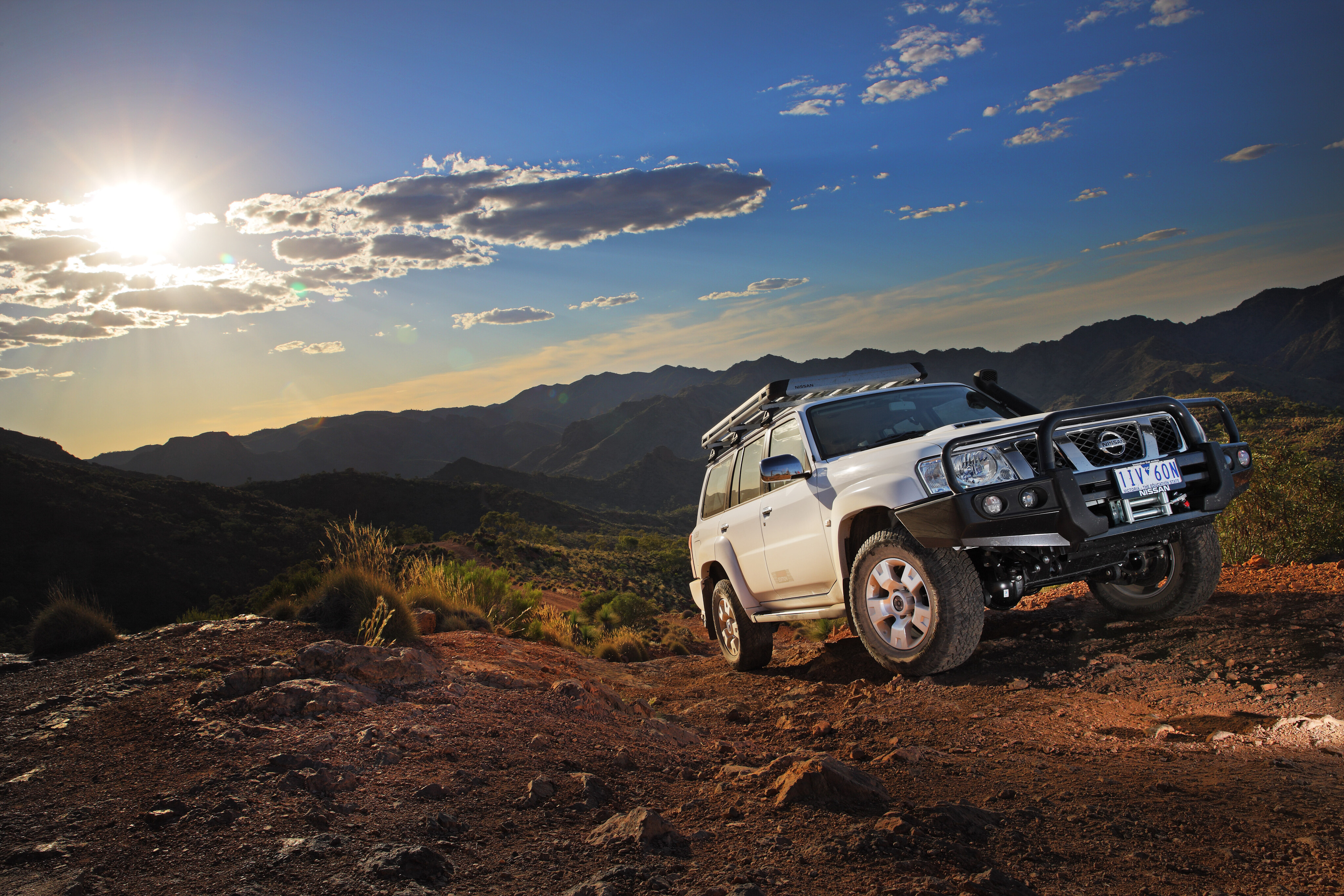
The Nissan Patrol has a long and proud history, with production of the first generation of this legendary off-roader kicking off in 1951 - the same year Toyota began producing the LandCruiser.
Called the 4W Series, these early Nissan off-roaders (4W60) looked very similar to a Willys Jeep and were only sold in Japan. This model was updated in 1955 with the introduction of the 4W61, but it wasn’t until the release of the 4W65/4W66 variants in 1958 that the vehicle first wore Patrol badges on its bonnet.
A year later, the 3956cc Nissan P engine was introduced. This donk would eventually power the 4W’s successor, the 60 Series, which would be the first Patrol officially sold in Australia.
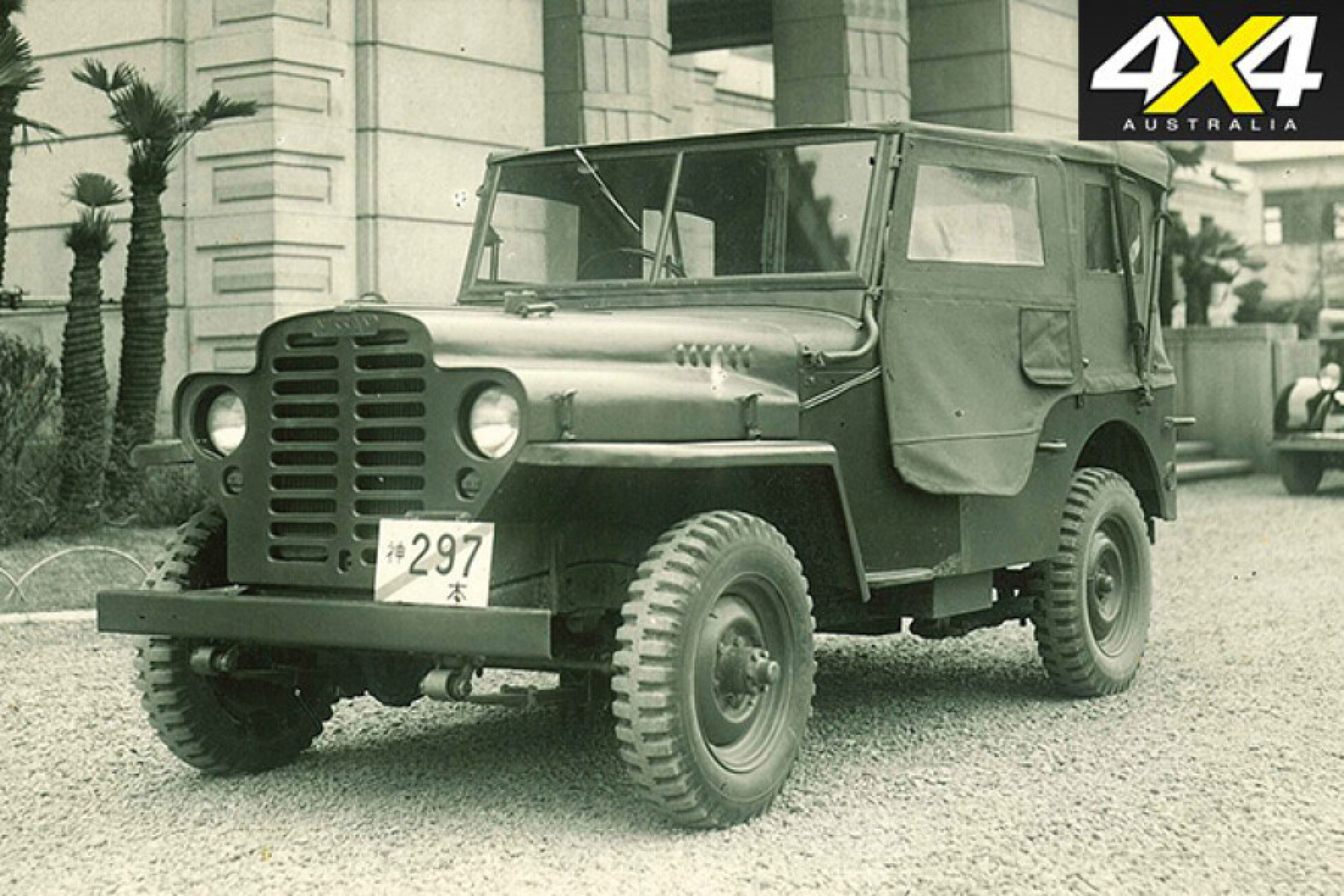
JUMP AHEAD
60 Series
Nissan began exporting the Patrol in the early 1960s. The first model to make it down under was the 60 Series, which was powered by the aforementioned 4.0-litre six-cylinder P engine.
With a separate chassis and relatively basic leaf-spring suspension, the 60 Series was sold in Australia in a number of variants, including the short-wheelbase soft-top 60, the K60 hardtop, and the long-wheelbase G60 in wagon and pick-up body styles. Early examples of the 60 had a three-speed manual transmission and a two-speed transfer case; a four-speed manual was eventually introduced.
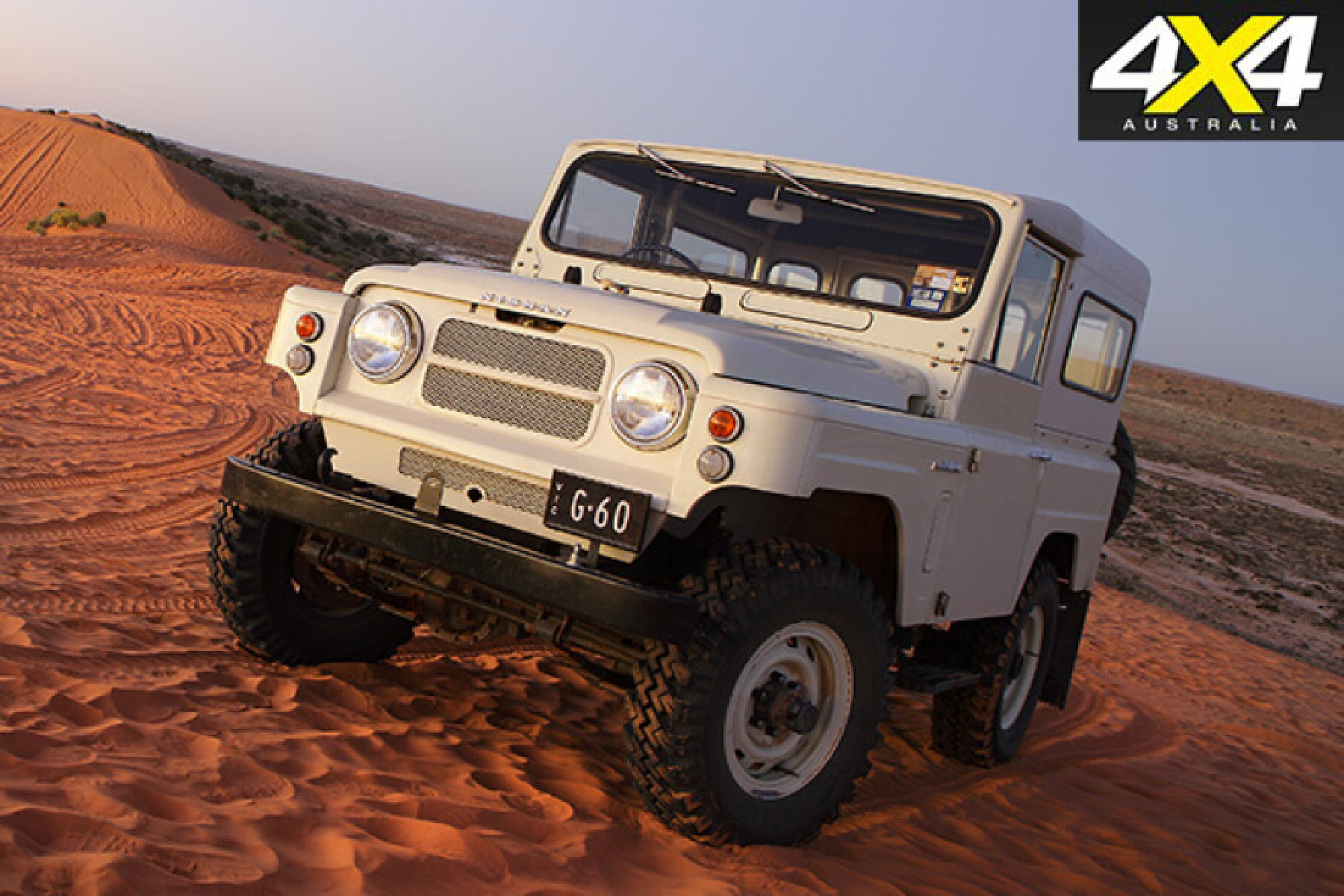
In 2012, Nissan celebrated the 50th anniversary of what it claimed to be the first vehicular crossing of the Simpson Desert. The vehicle used in that 1962 crossing was a G60 Patrol, and it was piloted by famous geologist and founder of South Australia’s Arkaroola Wilderness Sanctuary, Reg Sprigg. Sprigg was accompanied on the journey by his wife Griselda and their children Doug and Marge.
The 60 Series Patrol would see active duty for an impressive 20 years, and over that time it changed little, other than minor updates to some body components and the engine. By the time it was replaced by the MQ Patrol in September 1980, the 60 had certainly reached its use-by date.
MQ Patrol
When the MQ Patrol (160 Series) was introduced to replace the 60 Series in 1980, the worldwide four-wheel drive market was rapidly evolving.
While still based on a relatively basic platform (separate chassis and live-axle, leaf-spring suspension), the MQ Patrol had a more modern body style, was available in bright colours with ‘loud’ graphics, offered a choice of petrol and diesel six-cylinder engines and included short-wheelbase and long-wheelbase models in the line-up, along with a variety of body styles (SWB hardtop, pick-up, cab-chassis and wagon).
Driveline variants included a 3.3-litre diesel engine and 2.8- and 4.0-litre petrol engines. Initially a four-speed manual gearbox was the only option, but by the end of 1981 buyers of the deluxe seven-seat wagon could opt for a three-speed automatic transmission. A new limited-slip rear differential was also introduced.
A facelift of the MQ Patrol was launched in 1983, which featured upgraded front suspension and stylish-for-the-time rectangular headlights.
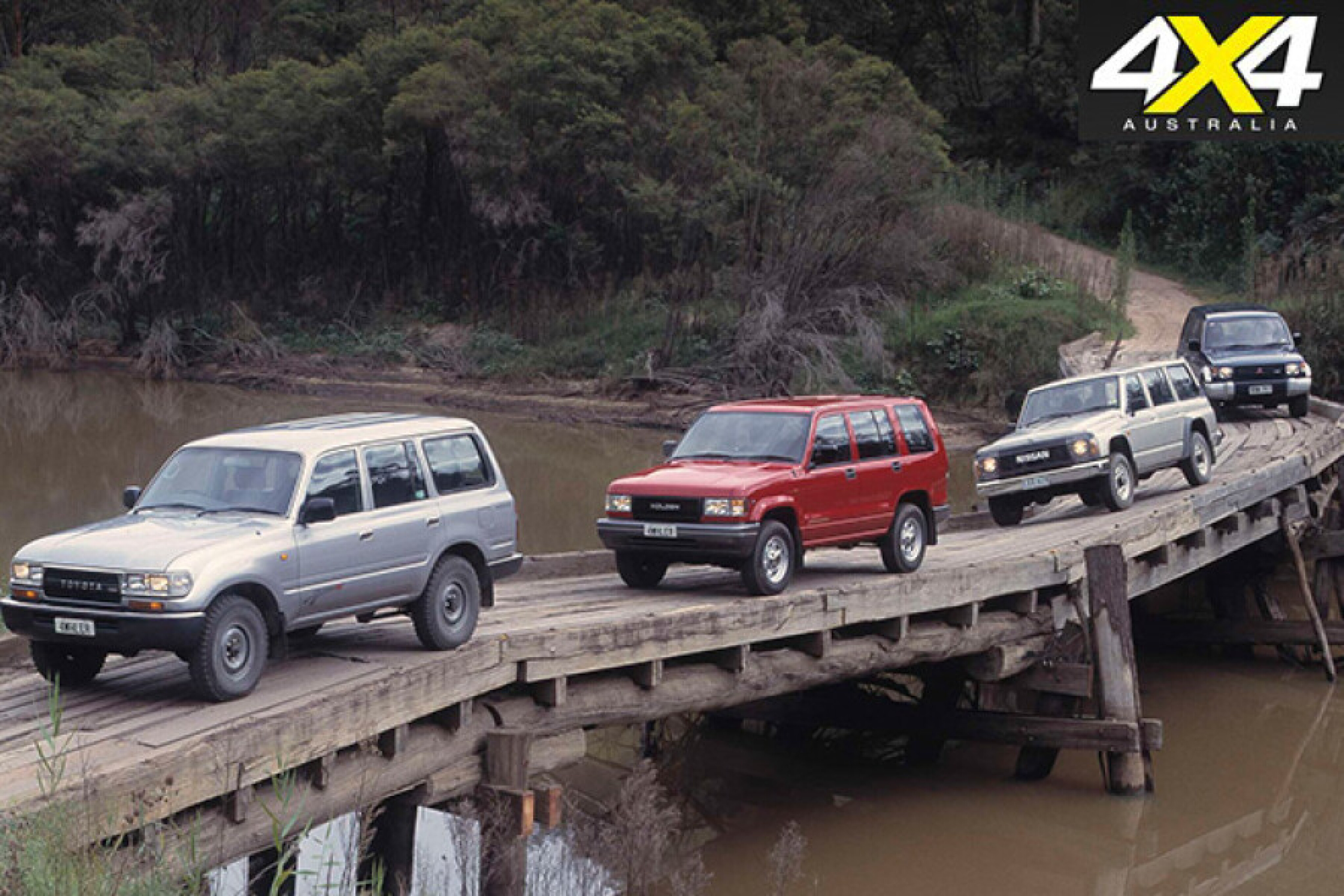
Importantly, the MQ also scored a five-speed manual transmission, while the 24-volt electrical system employed on the SD33 diesel engine version was flicked in favour of a more traditional (and therefore more compatible with most accessories) 12-volt electrical system.
A turbocharged version of the SD33 was introduced, making a claimed 81kW and 255Nm, and owners of this model didn’t go unnoticed thanks to the massive ‘TURBO’ stickers on the rear panels of the Patrol.
Nissan had a strong Patrol line-up in the MQ, with more than 20 variants on offer towards the end of its lifespan
With its choice of bright colours, modern styling, optional fancy white Sunraysia-style rims and relatively high equipment levels (AM/FM radio cassette, digital clock, optional air-conditioning, comprehensive instrument panel), higher-spec versions of the Patrol became popular with recreational four-wheel drivers, in both short-wheelbase hardtop and long-wheelbase wagon variants. However, base-spec models and pick-up/cab-chassis models still appealed to rural/business buyers.
There were further updates to the MQ Patrol in 1986, with a more powerful 4.0-litre petrol six and the five-speed gearbox becoming standard across the range, along with standard power steering.
Nissan had a strong Patrol line-up in the MQ, with more than 20 variants on offer towards the end of its lifespan, and with relatively keen pricing, it could take the fight to Toyota’s 40 and 60 Series LandCruisers. However, the big news for Patrol was still a year away.
GQ Patrol
Until the launch of the GQ Patrol (Y60) in late 1987, Nissan always played second fiddle to Toyota, which had its hugely popular LandCruiser spearheading its four-wheel drive line-up.
But Nissan got the hop on Toyota when the all-coil-spring GQ Patrol landed locally, and it sold like hotcakes compared to the now-outdated leaf-spring 60 Series LandCruiser. Nissan held on to this technical (and therefore sales) advantage until 1990, when Toyota finally rushed the 80 Series to market.
There were some carry-over body parts from the MQ, but the new GQ Patrol was light years ahead of its predecessor (and competition) in terms of styling, ride quality and refinement.
Its long-travel, coil-spring suspension offered a blend of on-road comfort and off-road performance that couldn’t be matched – at least without taking out a second mortgage and buying a Range Rover.
There were two engine options in the GQ Patrol line-up: the 4.2-litre OHV TB42 petrol six (125kW/325Nm), and the 4.2-litre OHV TD42 diesel six (85kW/264Nm)
Up front, the GQ Patrol sported a three-link, live-axle, coil-spring arrangement, while the rear was a five-link design (the cab-chassis variant was initially offered with only a leaf-spring rear-end). Sway bars were fitted at both ends and some models featured rear sway bar disconnects for increased wheel travel in off-road situations.
Initially there were two engine options in the GQ Patrol line-up: the 4.2-litre OHV TB42 petrol six (125kW/325Nm), and the 4.2-litre OHV TD42 diesel six (85kW/264Nm). Both engines were mated to a heavy-duty, five-speed manual or a four-speed auto transmission, and power was directed through a two-speed transfer case and part-time 4WD system.
A limited-slip rear diff was standard, or a rear diff lock could be selected as an optional extra on some models. All wagons featured four-wheel disc brakes, while the cab-chassis retained drums at the rear.
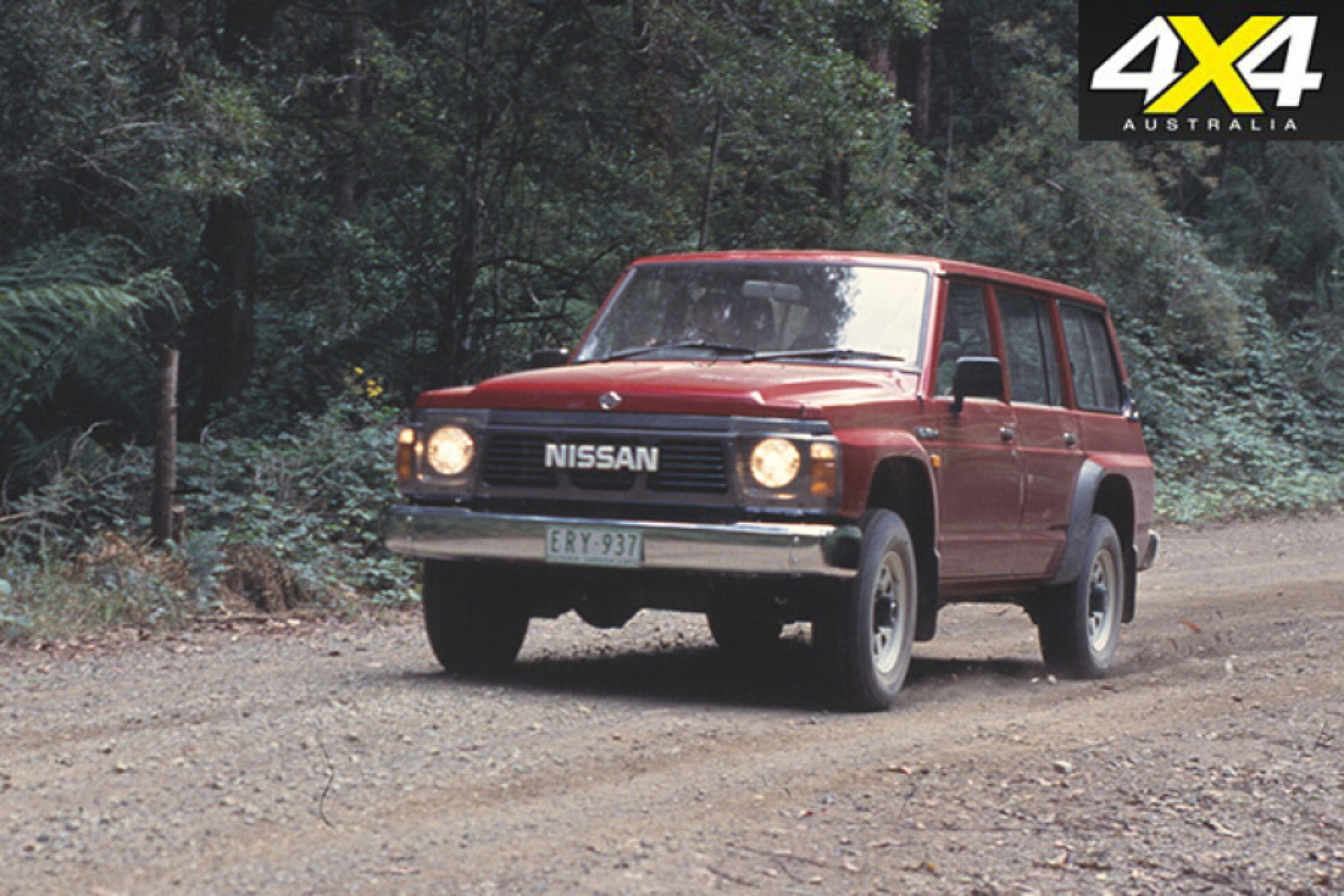
There were a variety of trim levels on offer, starting with the base-spec DX, which had vinyl trim, manually operated windows and mirrors, manual free-wheeling hubs and optional air conditioning. The ST added cloth trim, power windows and mirrors, central locking, standard air conditioning and auto hubs (with manual override).
A high-roof Ti model was added in 1989, which scored velour trim, carpet, rear air conditioning, upgraded sound system and alloy wheels. The high-roof (called the Safari Roof) was flicked in 1991, although the Ti model was retained in the line-up, albeit with standard roof height.
Nissan added a third engine to the Patrol wagon line-up in 1990: the 3.0-litre RB30 petrol six (100kW/224Nm). This was the same engine used in the Nissan Skyline and Holden VL Commodore and, while not ideally suited for use in a big, heavy 4WD like the Patrol, it proved popular thanks to keen pricing. This engine was only offered with a five-speed manual transmission in seven-seat ST spec, which was later renamed ST3.
In 1994, a coil cab version of the GQ Patrol was added to the Nissan line-up
The Patrol was updated in 1992, when the GQ Series II was launched. Among other refinements, the 4.2-litre petrol engine gained the benefit of electronic fuel injection (EFI), which improved refinement but did little for the engine’s thirsty nature. Other updates included the addition of side-intrusion beams in the doors, tweaks to suspension and transmission, bigger brakes and changes to the standard equipment list.
From 1989 to 1994, Ford Australia sold a rebadged version of the GQ Patrol called the Ford Maverick, in both long- and short-wheelbase models. Ford offered both the TB42 petrol-six (manual or auto) and the TD42 diesel-six (manual only).
In 1994, a coil cab version of the GQ Patrol was added to the Nissan line-up, which was sold alongside the pre-existing cab-chassis and pick-up models that sported the leaf-spring rear-end.
The coil cab offered vastly superior ride to the leaf-spring cab-chassis variants, especially when unladen or with only a light load on board. And surprisingly, the five-link, coil-spring suspension arrangement added less than $1500 to the price of the cab-chassis Patrol, proving popular with recreational four-wheel drivers who didn’t need a wagon.
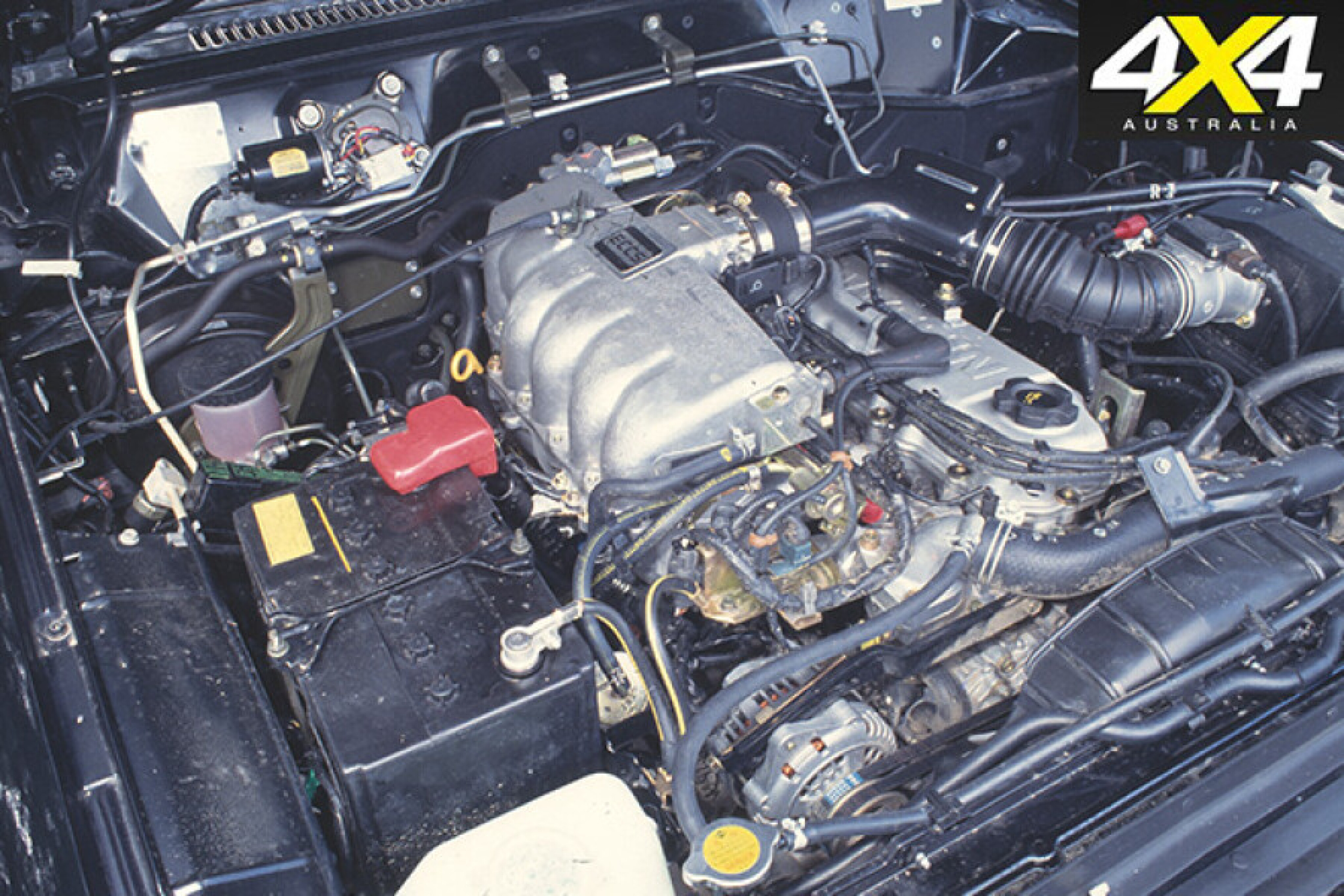
However, the leaf-spring version was still a favourite among rural/business buyers; old-school thinking dictated that only leaf springs were suitable for hauling heavy loads.
The GQ Patrol underwent another update in 1995, at which point the RD28T 2.8-litre turbo-diesel six-cylinder engine was added to the line-up, in both DX and ST trim levels. The boosted engine produced the same peak power as the TD42 (85kW), albeit at slightly higher revs (4400rpm as opposed to 4000rpm), but couldn’t match the bigger, naturally aspirated engine for torque output, making just 235Nm at 2400rpm as opposed to 264Nm at 2000rpm.
Nevertheless, on-road performance was similar thanks to significantly shorter gearing; the trade-off being less relaxed highway touring. Only available with a five-speed manual transmission, the RD28T’s gearbox was a lighter unit than the one mated to the TD42, and it also missed out on the latter’s excellent transmission-mounted drum parking brake.
Despite its shortcomings, the RD28T version of the Patrol proved popular thanks to keen pricing
Despite its shortcomings, the RD28T version of the Patrol proved popular thanks to keen pricing – it offered a saving at the time of around $4K compared to a similarly equipped TD42 Patrol.
Nevertheless, the TD42 Patrol was the favourite among outback tourers who loved this engine’s relative simplicity, decent performance and legendary reliability. For those who wanted extra performance, a number of Nissan dealers offered the superbly engineered Safari turbo and intercooler kits as a dealer-fit option.
Despite the big choice of engine/transmission/spec-level options offered by Nissan, towards the end of the GQ’s lifespan the Patrol was no longer a match for Toyota’s 80 Series LandCruiser, which was now available with a 1FZ-FE 4.5-litre petrol engine, a 1HZ 4.2-litre naturally aspirated diesel engine, and a 1HD-T direct-injection 4.2-litre turbo-diesel engine.
Nissan fans had high hopes when a rumoured replacement for the GQ Patrol was set to land in Australia in 1997 but, initially at least, many would be disappointed.
GU Patrol
When the new GU Patrol (Y61) arrived in Australia in late-1997, it boasted all-new sleek bodywork that was a far cry from the dated and boxy-looking GQ, which could trace its lineage to the MQ that first saw the light of day back in 1980.
But under the GU’s new skin lurked a familiar platform – the ‘new’ GU was essentially a GQ Patrol with new clothes.
Despite the chassis, suspension and driveline similarities, the GU Patrol was a big improvement over its predecessor, offering a wider body that delivered much more interior space, greater refinement, improved NVH (noise, vibration and harshness) levels, better aerodynamics and a vastly more comfortable interior.
On the downside, the GU was significantly heavier than the GQ, and when it first landed the GU Patrol was only available with Nissan’s new TB45E 4.5-litre OHV petrol six, mated to either a five-speed manual gearbox or four-speed auto. And while the petrol six-pack offered decent performance on the road and a good spread of torque (145kW at 4000rpm; 350Nm at 4300rpm), it was thirsty and not at all aligned with the market that Nissan had previously cultivated with Patrol, which in the latter years of the GQ model was heavily skewed towards diesel sales.
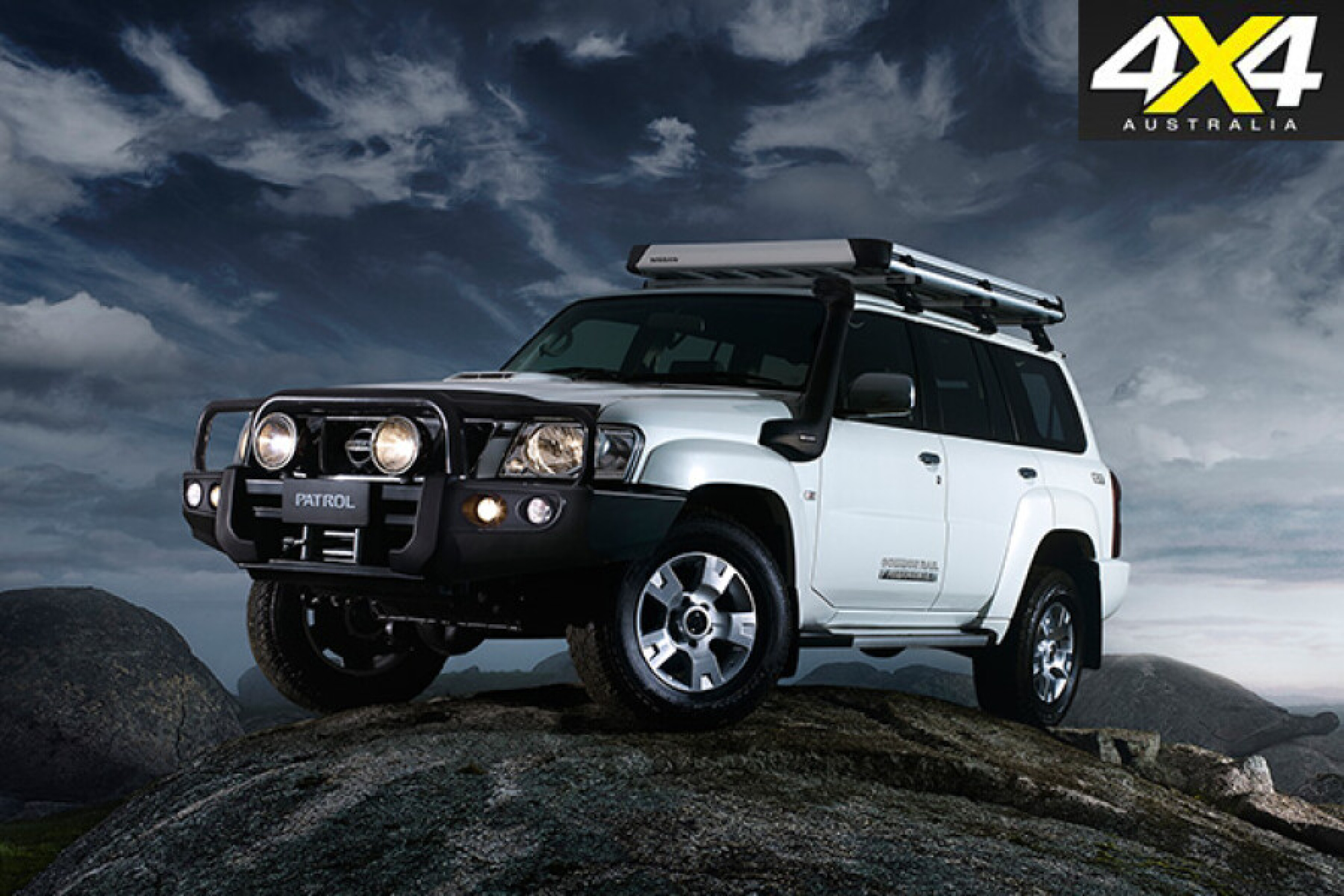
Further limiting the chance of early sales success, the GU Patrol was initially launched in just ST and Ti model variants; there was no longer the wildly popular (and affordable) RX version, and the base-spec DX model was not due to appear until around mid-1998.
The first of the GU Patrol oil burners was the RD28ETI, which was an electronically injected and intercooled version of the GQ Patrol’s 2.8-litre turbo-diesel six. Claimed power was up to 95kW at 4000rpm and torque up to 252Nm at 2000rpm, but in the GU Patrol the engine had to deal with an additional 230kg of weight compared to the GQ. Unfortunately, the new turbo-diesel was not the most refined engine around; performance below 2000rpm was wanting, and above that there was a sudden surge as the turbocharger did its thing.
Adding to the problem was a light and overly sensitive throttle that made smooth progress, particularly in bumpy off-road conditions, somewhat difficult to achieve. The RD28ETI was initially offered in DX ($39,950) and ST ($43,990) trim levels, with a five-speed manual transmission the only gearbox choice.
When the TD42 4.2-litre naturally aspirated diesel version of the GU Patrol DX was finally launched in mid-1998, Nissan quoted slightly more output than the engine developed in its GQ application (up from 85kW to 91kW at 4000rpm and from 264Nm to 272Nm at 2000rpm). However, with a heavier body to lug around, performance was somewhat blunted.
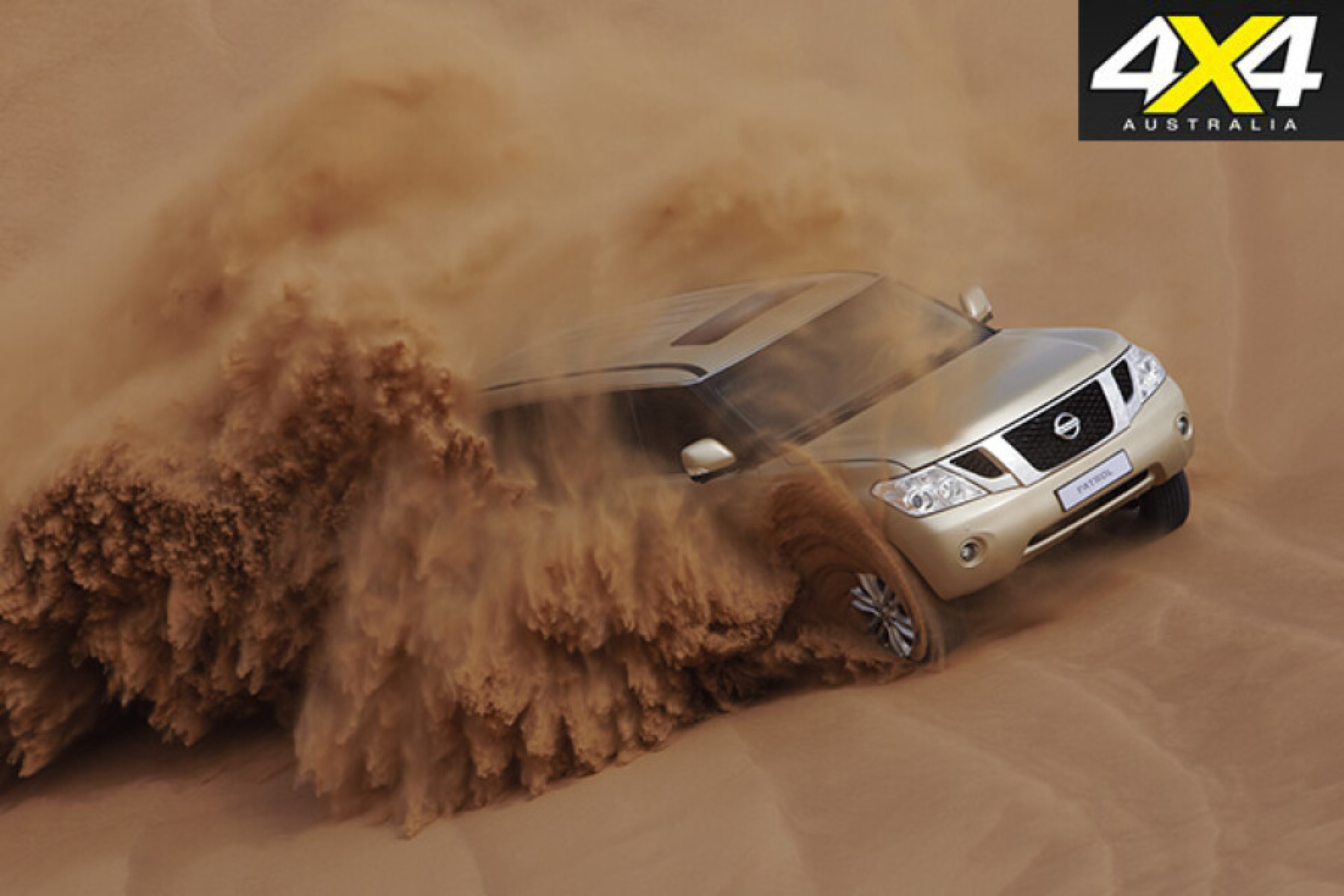
This diesel was also offered in cab-chassis and coil cab variants of the GU, and in early 1999 these utility models were also the first to receive the new TD42T, a turbocharged version of the TD42. The low-boost turbo boosted output to a modest 114kW and 330Nm and, importantly, it didn’t affect the big diesel’s flexible low-rpm grunt.
By mid-1999, the TD42T was made available in Patrol ST wagon specification, making it the most powerful diesel engine in its class (Toyota only offered the 1HZ in the 100 Series Cruiser at this stage and was yet to re-introduce an electronically injected version of the 1HD-FT).
In 2000, Nissan finally flicked the old RD28ETI 2.8-litre turbo-diesel six-pack in favour of an all-new four-cylinder turbo-diesel engine called the ZD30. This was the first time a Patrol had been powered by an engine that wasn’t a straight-six. With a claimed 116kW and 354Nm, the ZD30 promised a modern alternative to the old-school TD42 and TD42T powerplants, as well as an auto transmission.
However, the new engine had a few gremlins and it gained a reputation for poor reliability. Problems included fuel pump issues and piston failures, and Nissan eventually increased the oil capacity of the engine and lowered the oil viscosity rating in an attempt to resolve the faults.
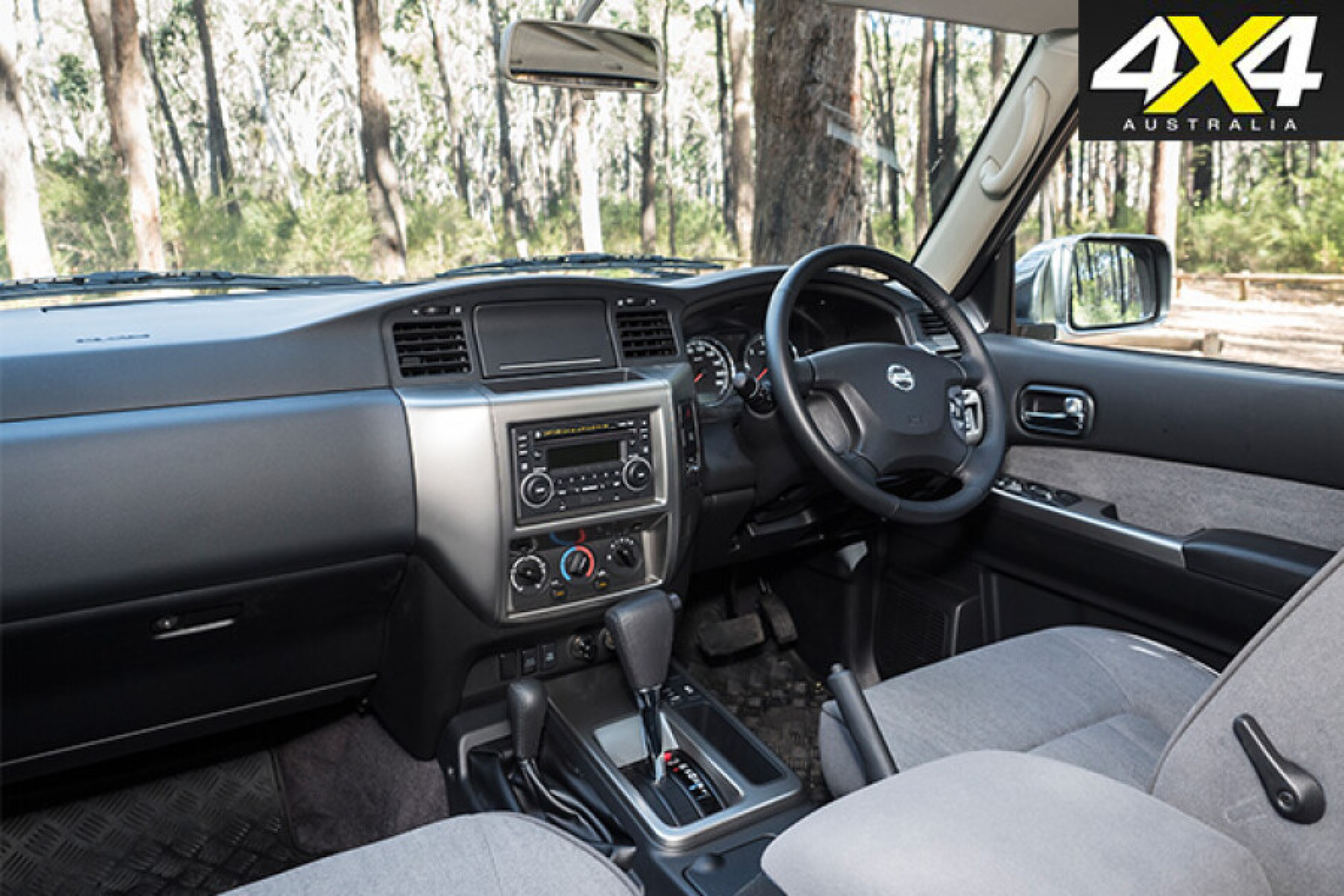
In 2001, Nissan increased the capacity of the GU’s petrol engine to a whopping 4.8 litres. It was thirsty, but it developed an impressive 185kW and chunky 420Nm, giving it class-leading performance.
The TD42T was given an intercooler in 2003 and renamed TD42Ti, and while power output remained unchanged at 114kW, torque was up slightly to 360Nm. Back-to-back testing back in 2003 showed that the more modern ZD30 had a slight performance edge over the TD42Ti, but the latter felt more refined.
The GU Patrol received its most significant visual makeover towards the end of 2004
Its legendary reliability and simplicity (the only electronic component on the TD42Ti injection pump was a throttle-position sensor that interacted with the EGR valve) made it more suited to remote outback travel. Having said that, the TD42Ti could get quite hot when driven in soft sand, but fitting a bigger aftermarket radiator was an easy fix.
The GU Patrol received its most significant visual makeover towards the end of 2004, scoring revised bodywork and a new interior. The ST and Ti models also received larger-diameter 17-inch wheels, and Nissan put some effort into NVH improvements.

The 3.0-litre ZD30 turbo-diesel also came in for some upgrades, with improvements to the injector pump design, revised injector nozzles, reduced engine friction, an ECU tweak and larger exhaust diameter. Power was up slightly to 118kW at 3600rpm and torque (in manual variants) increased to 380Nm at 2000rpm (autos remained at 354Nm).
With the demise of the TD42 and TD42T engines in 2006, the ZD30 became the only diesel option for GU Patrol buyers, with the most recent version having a common-rail injection system.
In 2013, the introduction of the new petrol-only independent suspension Y62 Patrol heralded the demise of the GU ’s 4.8-litre petrol six.

COMMENTS